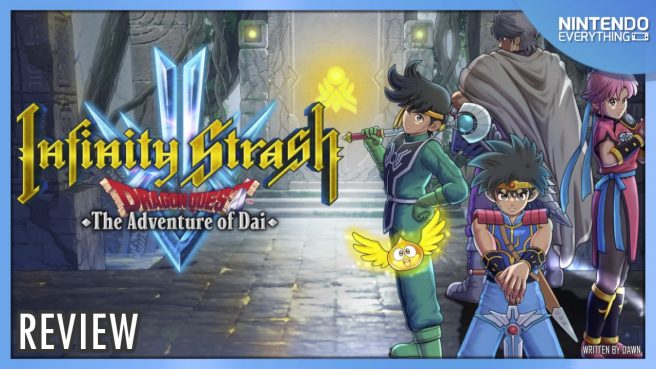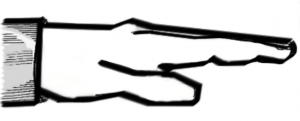[Review] Infinity Strash: Dragon Quest Adventures of Dai
Posted on October 4, 2023 by Dawn in Reviews, Switch
System: Switch
Release date: September 28, 2023
Developer: Square Enix / GameStudio / Kai Graphics
Publisher: Square Enix
Although it isn’t quite as influential in the west as it is in Japan, there’s no denying the impact that the Dragon Quest series has had upon RPGs over the years. With eleven mainline entries and several spinoffs, it is one of Square Enix’s more enduring series, and has branched out into other media during its lifetime. Dragon Quest: The Adventures of Dai started life as a manga based upon the franchise, and has received two anime adaptations, with the most recent one wrapping up last year. Infinity Strash: Dragon Quest the Adventure of Dai comes full circle, being a video game adaptation of that anime. Although it loses a little in the transition, it serves as an excellent gateway into the series, but is unfortunately incomplete and rough around the edges, and is difficult to recommend solely on its own merits.
Infinity Strash opens with titular hero Dai facing off against the Dragon Knight Baran. Unfortunately for Dai, Baran is a little too much for him to handle, and in the ensuing clash his memories are erased. As a result of this the player must venture into Dai’s mind to recover his memories, reliving the key events of his past that led up to this moment. What follows is a strict re-telling of the first 41 episodes of the series, told in the form of fully voiced stills and in-engine cutscenes, which covers all the major battles whilst skipping over the quieter moments. Infinity Strash is structured similarly to a recap episode or an abridged movie, although it lacks the additional scenes that these often come with, and is narrated mostly by Avan, Dai’s mentor.
Although the game wraps up its adaptation of the show at a reasonably good point, as a fan of the series I was disappointed that they didn’t go all the way and adapt it in its entirety, and there is the unfortunate feeling that this is a game left unfinished as a result of this. Time will tell if Square Enix will offer DLC or a sequel to adapt the rest of the series to complete the story, but as it stands at release Infinity Strash doesn’t go quite far enough to provide a complete and satisfying tale, especially if you’re familiar with the latter half of the anime.
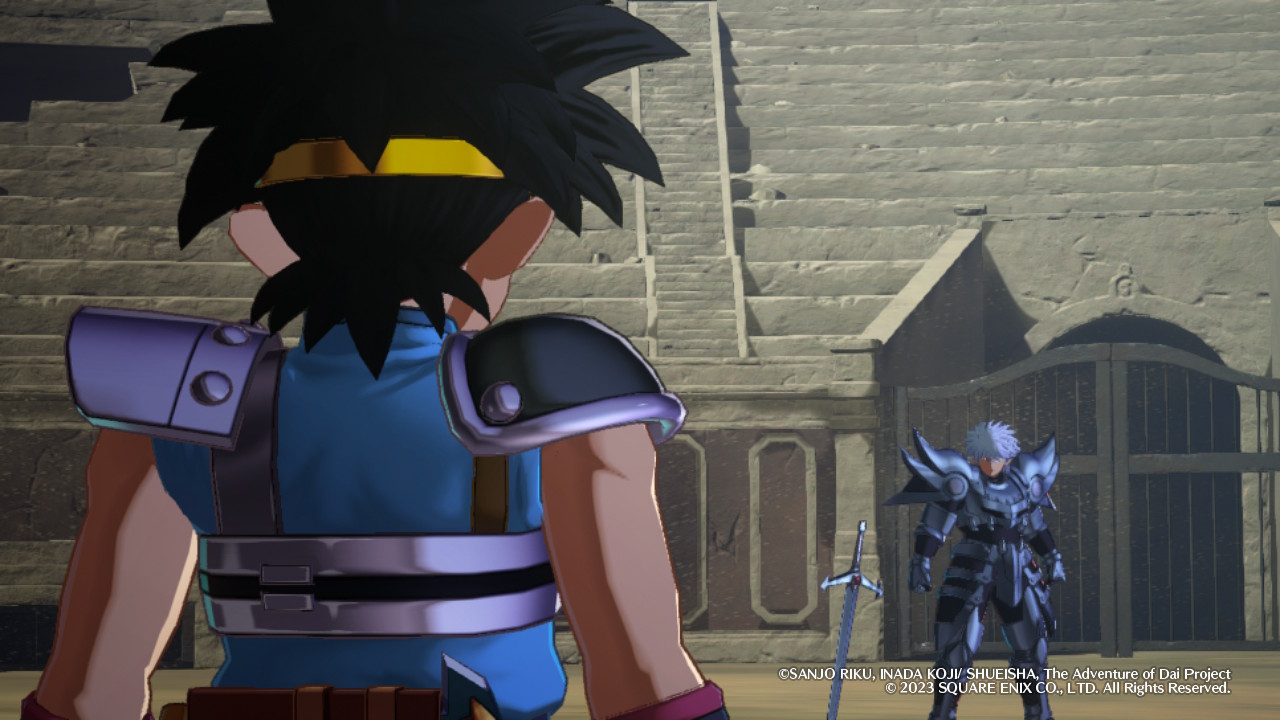
But to the game’s credit, 41 episodes is a lot to cover, and I was impressed that they managed to condense it down so tidily and keep it engaging despite the relative lack of in-engine cutscenes, which were much more exciting to watch than the anime stills when they appeared. The film grain effect on the stills is somewhat off-putting, although it does fit with the theme that you’re viewing Dai’s memories, rather than watching the events as they happened. Everything is also fully voiced whether you opt for English or Japanese voiceovers, with the original actors reprising their roles, which adds to the authenticity of the recreation.
Infinity Strash is an action RPG with short, stage-based missions that require you to beat a handful of enemies (all recognizable Dragon Quest monsters) or a boss that is typically an antagonist from the anime. Initially you can only play as Dai, but later you’ll also gain the ability to play as three other characters from the series, and each of them plays very differently from one another, and brings a unique playstyle that makes them worthwhile to experiment with: Popp in particular stands out to me as a fun risk/reward character due to his ability to shorten his spell cooldowns at the cost of being completely immobile and more vulnerable to damage when he’s charging. Each character has a number of skills (and again, these are taken straight out of Dragon Quest, with spells like Fizz and Crackle being usable) and one thing I appreciated was that these corresponded to what they could use at that point in the story. You can only equip three at a time, introducing a nice element of strategy to the gameplay.
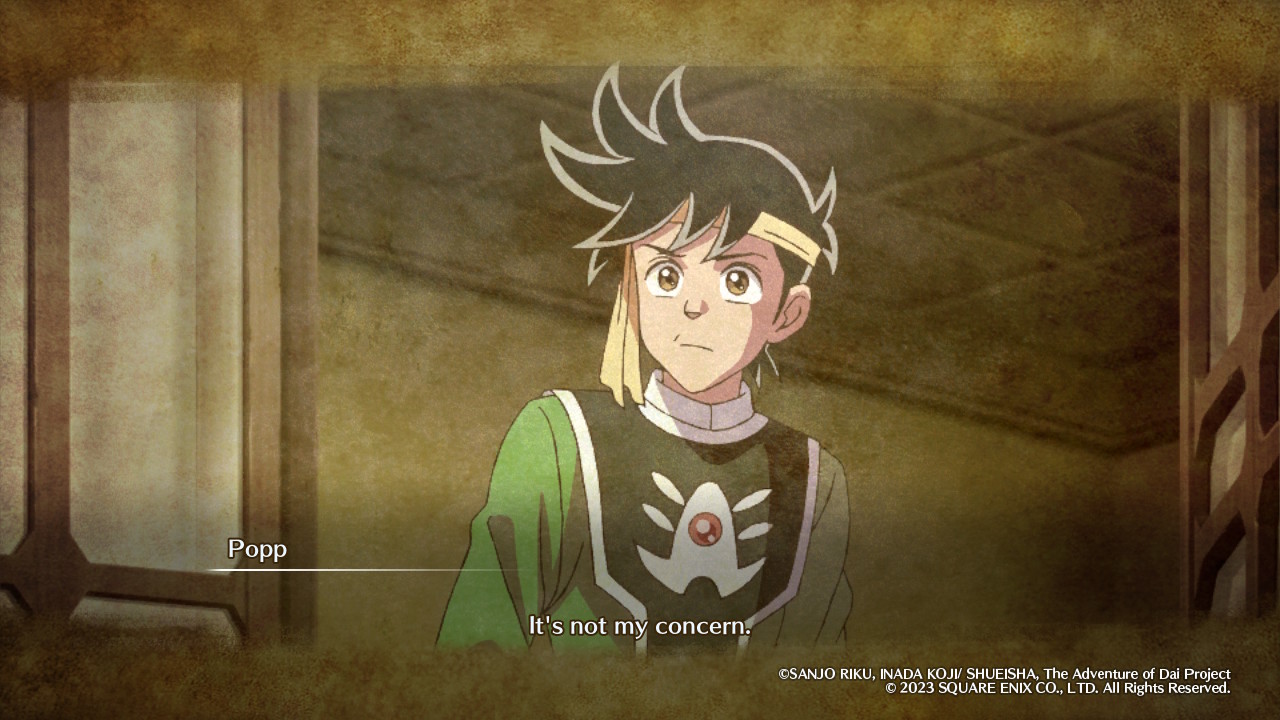
But as far as action RPGs go I found Infinity Strash to be a bit underwhelming: it lacks the complexity of some of its contemporaries in the genre as basic attacks can only be strung together and don’t interact with your skills, resulting in a lot of single button mashing whilst you wait for those skills to cool down, and you can’t cancel out of combos to block or dodge either. This means you’re either going to get hit a lot of the time in the middle of an attack, or you’re going to have to play in an overly cautious fashion and move the second you see an enemy winding up for a big attack, which drags out battles unnecessarily. After a while you’ll know exactly when you need to block or dodge, but you’ll have to do it far earlier than necessary to avoid being hit mid-attack.
The gameplay is at its best when you’re battling larger foes that you can lock onto, as they have identifiable attack patterns that you can react to and are much more engaging as a result. Locking onto an enemy also gets around the floaty controls that make general movement around the battlefield feel chaotic at best and unpolished at worst. I found the imprecise automatic targeting of smaller enemies in particular to be quite frustrating, especially when using skills, as a cluster that was seemingly a perfect target for a wide area of effect attack went mostly undamaged as my character decided to attack somewhere else instead. You can freely control the camera – and the first thing I would suggest doing is changing the option in the menu to stop it re-centering automatically behind your character, as it makes monitoring the battlefield much easier – but it can be difficult at times to attack smaller specific enemies, as you’ll automatically focus on the closest.
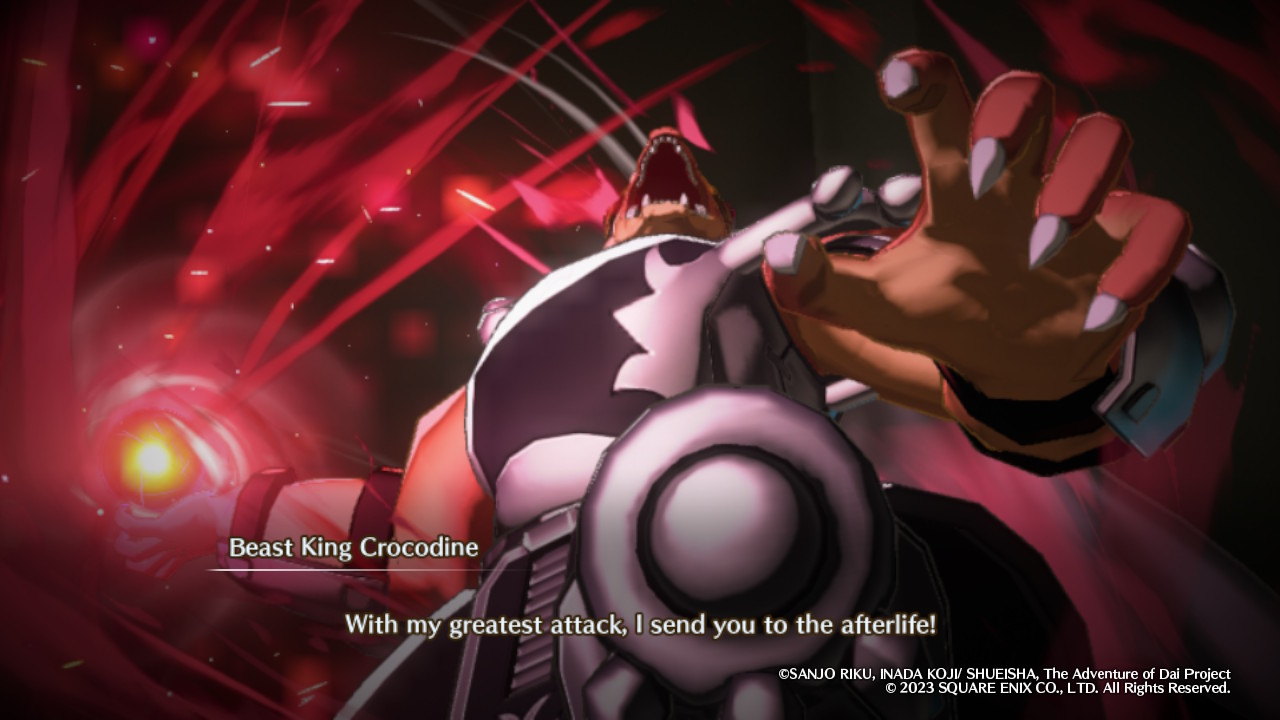
With that in mind, it’s a good thing that combat in Infinity Strash rarely lasts a few minutes at most, with longer battles being against bosses. I found the game to be much more enjoyable to play during these encounters, and most of the story scenes in the game are major encounters against prominent foes, which works in its favor: when it finally decides to let you play it instead of watch it, you’re probably going to have a good time doing it. Free missions, which normally dump you into a small linear stage and task you with clearing out a number of enemies, are far less frequent, and entirely optional. You will probably want to do these to gain a few levels and as a reprieve from the abundance of cutscenes if for no other reason, and I found it a little disappointing that there wasn’t more variety in mission objectives to be found in these.
For more intense gameplay sessions, Infinity Strash presents the Temple of Recollection, an interesting roguelite dungeon that will gradually expand as you progress through the story. Your characters will be reset to level 1 each time you enter, and you’ll be thrown into a series of small rooms filled with enemies or a boss you’ve faced in the series. Each time you clear a room you’ll be awarded with a power-up, and a number of doors leading to another level that you can go through for another power-up. Each layer consists of five levels, with warp points and the option to quit at the end of each layer allowing you to keep valuables you’ve collected and return to that point when you re-enter. You can enter with any number of party members, with rewards being proportionate to the number of characters you enter with.
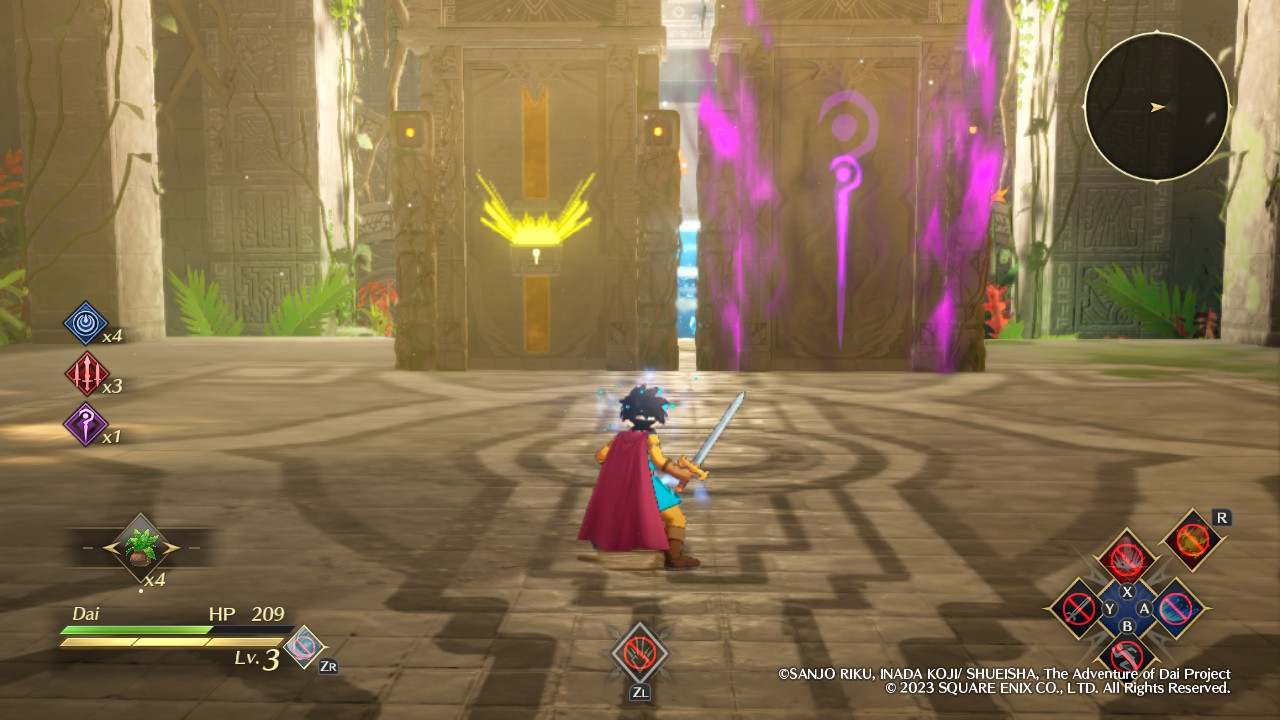
The Temple of Recollection’s primary purpose is to strengthen your various skills through the materials that you’ll find there, and more importantly, your Bond Memories. Bond Memories are also gained by completing the story, and provide significant boosts to your stats, as well as various passive abilities. They come in three rarities and characters can only equip a maximum of five, allowing for some degree of character building in the absence of equipment you can upgrade. These are cards that look more like they were taken from the manga than the anime, which I thought was a nice little acknowledgement of the original material, as this is primarily a game that re-tells events as they’re shown in the 2020 anime series.
Bond Memories become particularly important if you’re playing the game on Adventurer difficulty because enemy damage escalates quickly and the boosts to stats provided by levels can’t keep up with this. The game will prompt you repeatedly to explore the Temple as you progress the story, and this is definitely advice you’ll need to heed unless you’re prepared to spend far longer than necessary whittling down boss HP with the risk of instant death constantly hanging over you. I found this gameplay loop to be enjoyable in short bursts, but it can quickly become repetitive and potentially frustrating, because there is very little variety to the rooms in the Temple (I fought the same boss twice in a row more than once) and Bond Memories are RNG drops, meaning you may not be able to upgrade the ones you have equipped to your characters immediately.
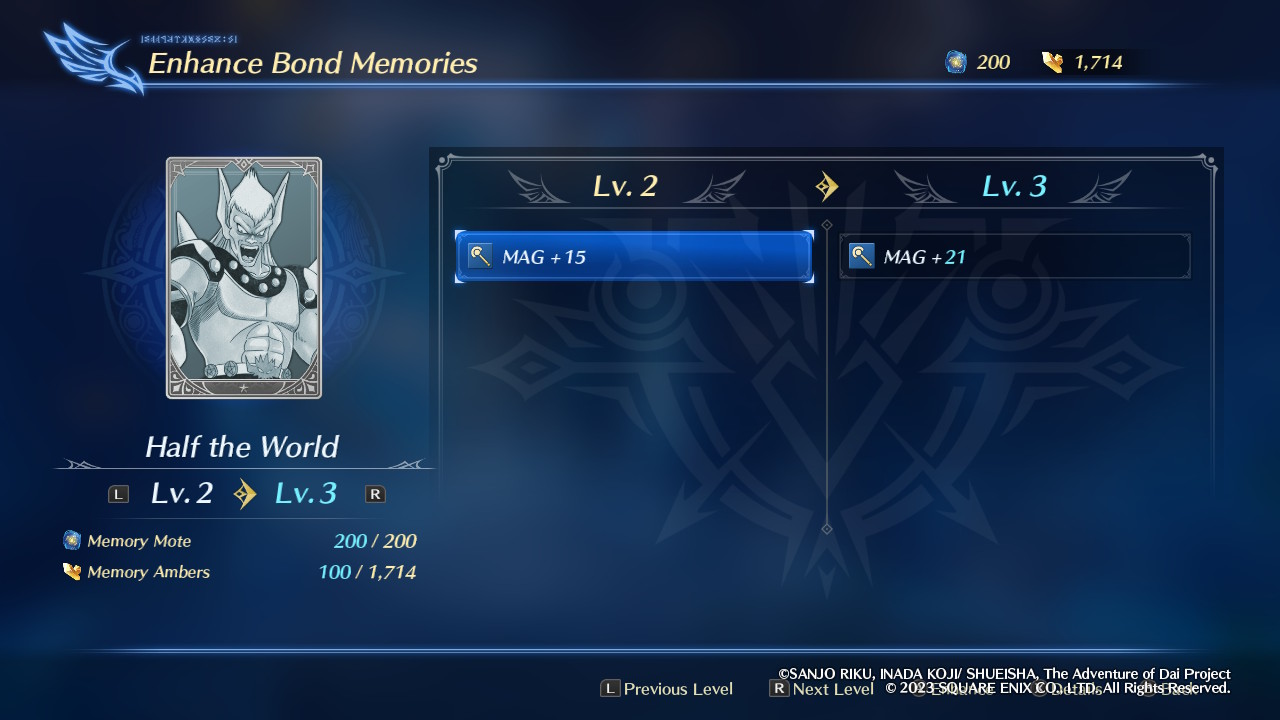
Where Infinity Strash really sells itself is its visual design. The game perfectly converts the 2D visuals of the anime into 3D with its graphics, presenting a nice level of detail and authenticity in relation to the show; it feels like you’re playing the anime, which was clearly the intention here given how much of a focus there is on the storytelling. The game also runs perfectly on the Switch, keeping a solid frame rate throughout that makes it a smooth experience at the very least – you might have other issues with the gameplay, but characters feel responsive and there is no noticeable input delay or stuttering. The only slight hitch here is an occasional discrepancy with lip syncing if you’re playing the game with English voiceovers, but these are few and far between and for the most part it all lines up.
But with all this in mind, it’s difficult to say exactly who Infinity Strash is intended for and who would get the most out of it. For newcomers the game serves as an excellent gateway into The Adventures of Dai, and if you don’t have the time to watch the anime but are interested in the series this is an alternative that I wouldn’t hesitate to recommend, as it comes with the added benefit of letting you play out the key battles yourself. But the ratio of battles to story cutscenes is heavily skewed in favor of the latter: this is definitely a game you spend more time watching rather than playing. It’s a fantastic adaptation of the source material, but also an incomplete one.
For people who have already watched the anime, there is no new story content here to draw you in, and you will probably find its endpoint as frustrating as I did, because you know where the story goes and will see the missed opportunities with playable characters, battles, and in-engine cutscenes. As far as the gameplay goes, there isn’t enough of it here to justify playing the game for that reason alone. Although it is a lot of fun to play in short bursts, and is designed around smaller scale encounters, more could have been done to make it a better and more engaging experience. Skipping all of the story cutscenes would result in a very repetitive grind less than ten hours long that would feel extremely unsatisfying, which is unfortunate considering just how good the presentation is and how enjoyable it can be to play as the characters.
The Verdict
Infinity Strash never quite lives up to its full potential, and only works as well as it does because of the strength of the source material, which is ironically also what holds it back. As only a partial adaptation of the anime it is unfortunately an unfinished work, and its combat often feels unrefined and awkward. However, the part of the story that it does cover is told extremely well through easily digestible anime stills that preserve the impact of the scenes they depict, and the roguelite Temple of Recollection adds a unique flavor to the gameplay. But it shines thanks to its absolutely fantastic visual presentation and smooth performance, and if you want to play half an anime series you can’t really go wrong with this. If you want more than that, however, then you might be better off looking elsewhere, at least until they decide to adapt the remainder of the series.
Infinity Strash: Dragon Quest Adventures of Dai copy provided by the publisher for the purposes of this review.
